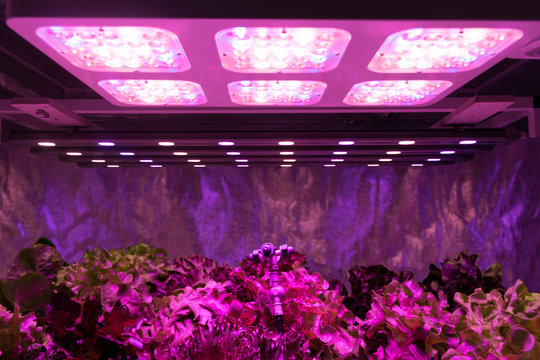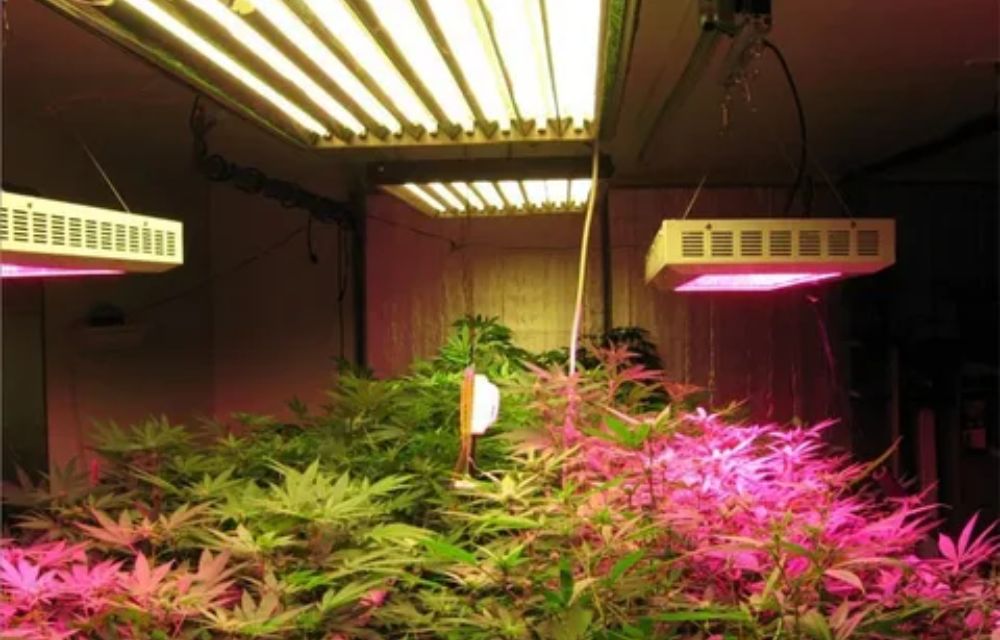Indoor gardening and controlled-environment agriculture have gained momentum over the years, and with them, the need for efficient and effective lighting systems has become crucial. While traditional lighting systems like fluorescent and incandescent bulbs have been used for years, the emergence of LED grow lights has transformed plant cultivation indoors. But what exactly makes LED grow lights for plants superior to traditional lighting? Let’s explore.

-
Understanding LED Grow Lights
LED (Light Emitting Diode) grow lights are specially designed lighting systems that emit light tailored to the needs of plant growth. Unlike general-purpose lights, these are engineered to emit specific wavelengths that are most helpful for photosynthesis & other plant processes. With adjustable spectrums, energy efficiency, and long operational life, LED grow lights have become the preferred choice among indoor gardeners & commercial growers alike.
-
Energy Efficiency and Cost Savings
One of the most compelling reasons why LED grow lights outshine traditional lighting systems is their exceptional energy efficiency.
- Lower Power Consumption: LEDs convert more energy into usable light and less into heat. This efficiency reduces power consumption by up to 50% compared to traditional systems.
- Reduced Electricity Bills: For growers using multiple lights over extended hours, this translates into significant savings in electricity costs.
- Longer Lifespan: A typical LED grow light can last up to 50,000 hours or more, dropping the necessity for frequent replacements and lowering overall operational costs.
-
Full Spectrum Lighting for Enhanced Growth
Plants require different wavelengths of light at several stages of their growth. Traditional lights often fail to provide the full spectrum necessary for optimal growth.
- Tailored Light Spectrum: LED grow lights can be engineered to emit a full spectrum of light — from red and blue to UV and IR — mimicking natural sunlight.
- Stage-Specific Support: With tunable spectrums, LEDs can be adjusted for different growth phases such as seedling, vegetative, and flowering stages.
- Healthier Plants: The right mix of light promotes photosynthesis, resulting in faster growth, higher yields, and healthier plants overall.
-
Less Heat Emission and Better Temperature Control
Traditional grow lights, especially incandescent and high-intensity discharge (HID) lights, generate significant heat. This can be detrimental to plant health if not managed properly.
- Cooler Operation: LED grow lights emit very little heat, reducing the risk of leaf burn and overheating.
- Minimal Cooling Requirements: Less heat means lower dependence on cooling systems like fans or air conditioners, further saving on energy costs.
- Closer Placement: Because LEDs run cooler, they can be placed closer to plants, confirming better light penetration and uniform growth.
-
Compact, Durable, and Environmentally Friendly
LED grow lights also come with physical and environmental benefits that traditional lighting systems cannot match.
- Space Efficiency: LEDs are available in compact designs, making them ideal for small grow tents, vertical farming, or tight indoor spaces.
- Durability: Built with solid-state technology, LED lights are resistant to shock and vibrations, making them more reliable.
- Eco-Friendly: LEDs do not contain hazardous materials such as mercury, found in some traditional lights, and they are recyclable, reducing environmental impact.
-
Greater Control and Customization
Modern LED grow lights come with smart structures and advanced controls, offering growers a more hands-on approach to managing their plants.
- Timer Settings and Dimming: Most LEDs have programmable timers and dimming capabilities for precise control over light cycles and intensity.
- Automation and Smart Integration: Some systems can be integrated with smart apps for remote monitoring and adjustment.
- Consistency: This level of control ensures consistent plant growth, better planning, and more predictable harvests.
-
Safer and More Reliable for Indoor Use
Indoor plant cultivation demands lighting systems that are not just efficient but also safe for long-term use.
- Reduced Fire Risk: Lower heat emission reduces the risk of overheating and potential fire hazards.
- Stable Performance: LED grow lights provide stable, flicker-free illumination, ensuring a stress-free environment for plants.
- Low Maintenance: Their longer lifespan and sturdy construction mean fewer disruptions due to bulb changes or equipment failures.

In Conclusion
Switch to LED grow lights for plants is a smart investment for anyone involved in indoor gardening — whether it’s a hobbyist with a few houseplants or a commercial grower running a large-scale operation. These lights not only ensure better plant health and growth but also deliver long-term savings, safety, and sustainability.
Prolux International LLC offers a complete range of advanced LED grow lighting solutions tailored for various plant needs, making them a trusted partner for modern growers aiming for efficiency and excellence.






